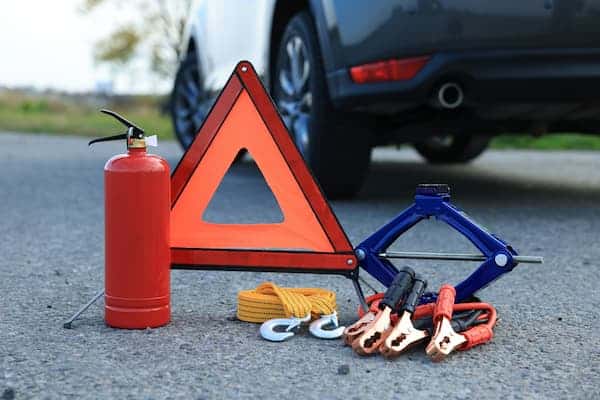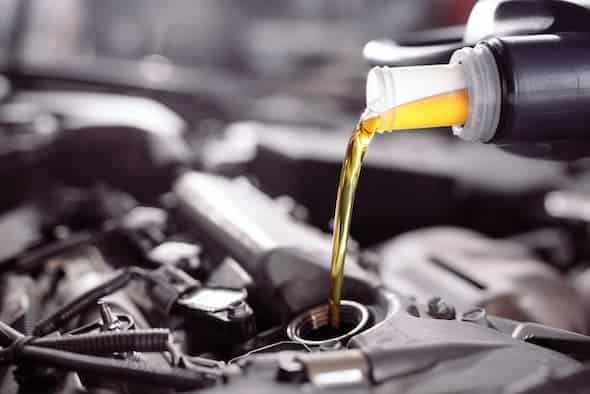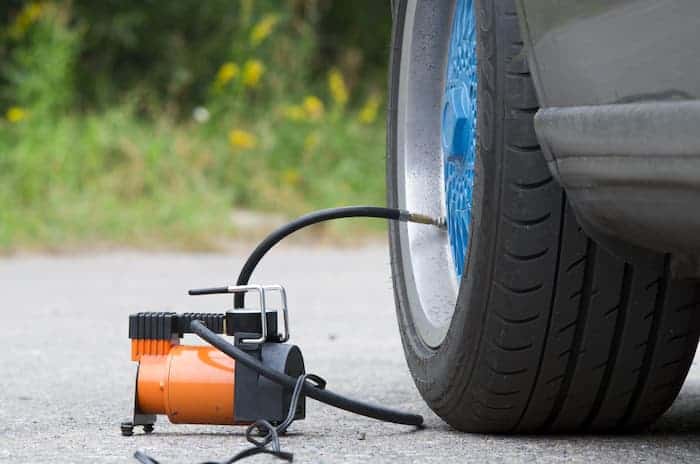Driving brings with it various uncertainties and potential emergencies. To ensure your safety and that of your passengers, it’s crucial to be prepared for unexpected situations on the road. A comprehensive car emergency kit can make all the difference in handling these challenges, providing you with essential tools and supplies for vehicle repair, first aid, communication, and survival. In this article, we’ll explore 30 essential items that should be a part of every driver’s emergency kit to enhance overall preparedness and safety on the road.
you should customize your car emergency kit based on your specific needs, location, and climate, as well as the unique requirements of your vehicle.
Table of Contents
Toggle- list of essential items to include in your car emergency kit:
- Conclusion
- FAQ - About Car Emergency Kits
- Why do I need a car emergency kit?
- How often should I check and update my car emergency kit?
- How do I customize my car emergency kit for my specific needs and location?
- Where should I store my car emergency kit?
- Can I buy a pre-made car emergency kit?
- How can I ensure my car emergency kit remains effective in extreme temperatures?
- What items should I include in my car emergency kit for my pet?
- How do I maintain the spare tire in my car emergency kit?
- How do I know which type of fire extinguisher to include in my car emergency kit?
- How do I safely use jumper cables in an emergency?
list of essential items to include in your car emergency kit:
- First Aid Kit: A basic first aid kit should include band-aids, gauze, adhesive tape, antiseptic wipes, tweezers, scissors, pain relievers, and any necessary personal medications.
- Jumper Cables / Jump Starter: In case of a dead battery, jumper cables can help you get back on the road quickly. Make sure to choose a high-quality, durable set with a suitable length.
- Flashlight: A bright flashlight with extra batteries is essential for visibility during night-time emergencies.
- Reflective Triangle or Road Flares: These help alert other drivers to your presence, especially in low visibility conditions.
- Tire Repair Kit: A tire repair kit should include a tire inflator, tire pressure gauge, and tire plug kit to help fix a flat or punctured tire.
- Spare Tire: A fully inflated spare tire and a jack, lug wrench, and wheel chocks are essential for changing a flat tire.
- Multipurpose Tool: A multipurpose tool with pliers, a knife, a screwdriver, and other essential tools can be invaluable in emergency situations.
- Blanket: An emergency blanket or a warm, heavy-duty blanket can keep you warm in case of a breakdown during cold weather.
- Drinking Water and Non-Perishable Snacks: Keep bottled water and energy bars or other non-perishable snacks in your kit for sustenance in case you are stranded for an extended period.
- Cell Phone Charger: A portable cell phone charger or power bank ensures that your phone remains charged in case of an emergency.
- Weather Radio: A battery-powered or hand-crank weather radio allows you to receive updates on severe weather conditions.
- Fire Extinguisher: A compact fire extinguisher rated for Class B and Class C fires is important for putting out small fires in your vehicle.
- Tow Strap or Rope: A tow strap or rope can help you get your vehicle out of a ditch or other sticky situations.
- Extra Clothing: Keep a spare set of weather-appropriate clothing, including a waterproof jacket, gloves, and a hat, in your emergency kit.
- Ice Scraper and Snow Brush: If you live in an area with cold weather, an ice scraper and snow brush are essential for clearing your windshield and windows.
- Duct Tape: Duct tape is a versatile item that can be used for temporary repairs, securing items, or even creating a makeshift bandage in an emergency.
- Whistle: A loud whistle can be used to attract attention or signal for help in case you’re stranded or in danger.
- Rain Poncho: A lightweight, disposable rain poncho can help keep you dry during wet weather emergencies.
- Work Gloves: Heavy-duty work gloves can protect your hands from injury while working on your car or handling emergency tools.
- Extra Fuses: Keep a small assortment of extra fuses for your vehicle in case you need to replace a blown fuse.
- Paper Maps: In case your phone or GPS device loses power or signal, it’s helpful to have paper maps of your local area and any areas you frequently travel through.
- Pen and Paper: A pen and paper can be useful for taking notes, exchanging contact information, or leaving a message for someone.
- Emergency Contact List: Keep a list of important phone numbers, such as family members, friends, and roadside assistance, in case your phone becomes inaccessible.
- Seatbelt Cutter and Window Breaker: In case of an accident, a seatbelt cutter and window breaker tool can help you escape from your vehicle if you’re trapped.
- Umbrella: A compact umbrella can protect you from rain or sun exposure during a roadside emergency.
- Shovel: A small, collapsible shovel can be helpful for digging your vehicle out of snow or mud.
- Antifreeze/Coolant: Keep a jug of antifreeze/coolant in your car in case your vehicle overheats or you need to top off the radiator.
- Extra Engine Oil: Carrying a quart of your vehicle’s recommended engine oil can be helpful if you need to top off your oil level between changes.
- Cash: Keep some cash (small bills and change) in your emergency kit in case you need to pay for a tow, fuel, or other unexpected expenses.
- Portable Air Compressor: A portable air compressor can help you quickly inflate a low or flat tire, as well as other inflatables like air mattresses or sports equipment.
Conclusion
Being prepared for unforeseen situations on the road is crucial for ensuring your safety and that of your passengers. A comprehensive car emergency kit, tailored to your specific needs and location, provides you with the tools and supplies necessary to manage emergencies effectively. Invest time and effort into assembling your kit, and enjoy peace of mind knowing you’re ready to tackle any challenges the road may present.
FAQ - About Car Emergency Kits
Why do I need a car emergency kit?
A car emergency kit is essential for dealing with unexpected situations on the road, such as vehicle breakdowns, accidents, or severe weather conditions. Having a well-stocked emergency kit can help you stay safe, comfortable, and in control until help arrives.
How often should I check and update my car emergency kit?
It’s recommended to check your car emergency kit at least twice a year and update it as necessary. Make sure all items are in good working condition, replace expired or used supplies, and ensure your kit remains suitable for your specific needs and changing seasons.
How do I customize my car emergency kit for my specific needs and location?
Consider factors such as your vehicle type, the climate in your area, and any personal or medical needs when customizing your car emergency kit. For example, if you live in a colder climate, include items like an ice scraper, snow brush, and additional warm clothing.
Where should I store my car emergency kit?
Store your car emergency kit in a secure, easily accessible location within your vehicle, such as the trunk, glove compartment, or under a seat. Make sure it’s well-organized and that all items are easy to find when needed.
Can I buy a pre-made car emergency kit?
Yes, pre-made car emergency kits are available for purchase. However, it’s essential to review the contents and ensure the kit includes all necessary items for your specific needs. You may need to supplement a pre-made kit with additional items.
How can I ensure my car emergency kit remains effective in extreme temperatures?
Keep temperature-sensitive items like batteries, medication, and water in insulated containers or bags to protect them from extreme temperatures. Avoid storing your emergency kit in direct sunlight or areas prone to extreme heat or cold.
What items should I include in my car emergency kit for my pet?
If you frequently travel with a pet, consider adding items such as pet food, water, a leash, a collapsible bowl, waste bags, and a blanket or pet bed to your car emergency kit.
How do I maintain the spare tire in my car emergency kit?
Check your spare tire’s air pressure regularly, preferably once a month or when you check your other tires. Also, inspect the tire for any signs of damage or wear and replace it as needed.
How do I know which type of fire extinguisher to include in my car emergency kit?
Choose a compact fire extinguisher rated for Class B and Class C fires, which are most common in automotive scenarios. Class B fires involve flammable liquids like gasoline, while Class C fires involve energized electrical equipment.
How do I safely use jumper cables in an emergency?
A: When using jumper cables, follow these steps:
- Park both cars close to each other but not touching, and turn off their engines.
- Attach one red clamp to the dead battery’s positive (+) terminal.
- Attach the other red clamp to the good battery’s positive (+) terminal.
- Attach one black clamp to the good battery’s negative (-) terminal.
- Attach the other black clamp to an unpainted metal surface on the dead car’s frame, away from the battery.
- Start the working car’s engine and let it run for a few minutes.
- Attempt to start the dead car. If it starts, let it idle for a few minutes before disconnecting the cables in reverse order.
If the dead car does not start, seek professional assistance




